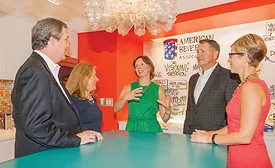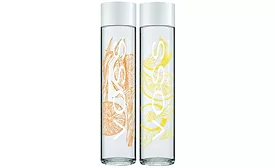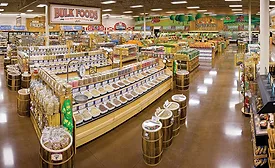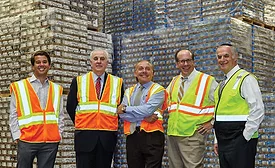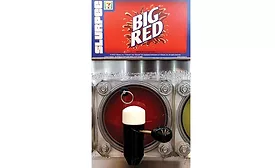Bottled Water
Association expands test and learn markets to parts of Mississippi and Alabama
Read More
Bottled water nearing No. 1 spot for U.S. consumption
Sparkling waters continue to outpace category
October 10, 2016
Natural, organic retailers address price point concerns
Channel receiving increasing competition from eCommerce
October 10, 2016
Icelandic Glacial premium water launches in glass bottles
New bottles for still and sparkling varieties
September 15, 2016
2016 Wholesaler of the Year: Manhattan Beer Distributors
Beer distributor continues growing diverse portfolio of beers
September 12, 2016
Alkaline Water Co. grows sales 200%
Premium water made through electrolysis
September 12, 2016
Convenience stores appeal to the masses
Beverage purchases key driver of convenience stores sales
September 12, 2016
SodaStream launches The Fizzi
At-home sparkling water system carbonates up to 60 liters of water
September 8, 2016
Bai Brands partners with VH1 Save the Music Foundation
Company to donate up to $150,000
August 23, 2016
Elevate your expertise in the beverage marketplace with unparalleled insights and connections.
Join thousands of beverage professionals today. Shouldn’t you know what they know?
JOIN NOW!Copyright ©2025. All Rights Reserved BNP Media.
Design, CMS, Hosting & Web Development :: ePublishing
